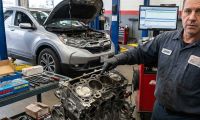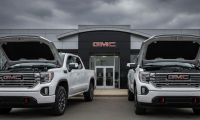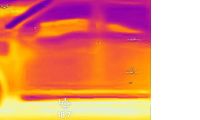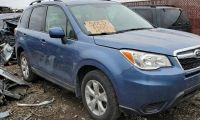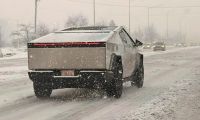The search for inspired engineering talent is basically divided into 8 different – but tightly connected - fields: FSD Chip, Dojo Chip, Dojo Systems, Neural Networks, Autonomy Algorithms, Code Foundations, Evaluation Infrastructure and Tesla Bots.
The FSD team members will be in charge of building AI inference chips to run its Full Self-Driving software, considering every small architectural and micro-architectural improvement while squeezing maximum silicon performance-per-watt. They will perform floor-planning, timing and power analyses on the design; write robust tests and scoreboards to verify functionality and performance; implement drivers to program and communicate with the chips, focusing on performance optimization and redundancy. Finally, they will validate the silicon chip and bring it to mass production in Tesla vehicles.
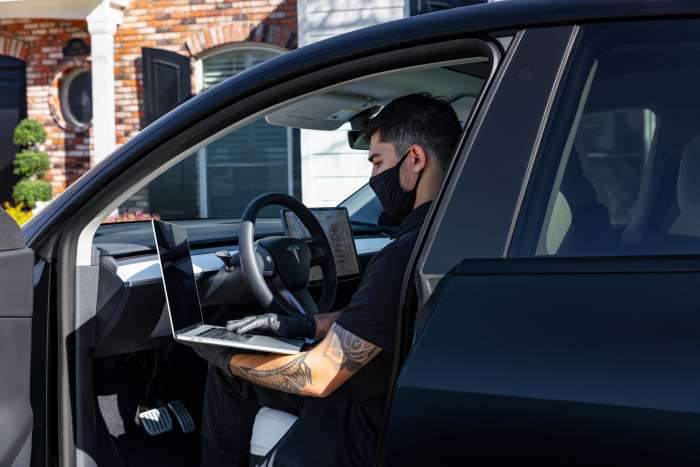
The Dojo Chip team members will be in charge of building AI training chips to power Tesla's Dojo system. Successful candidates will implement bleeding-edge technology from the smallest training nodes to the multi-die training tiles. They will design and architect for maximum performance, throughput and bandwidth at every granularity; dictate physical methodology, floor-planning and other physical aspects of the chip. They will also develop pre-silicon verification and post-silicon validation methods to ensure functional correctness and write compilers and drivers to optimize power and performance for Tesla's neural networks throughout the entire Dojo system.
As for the Dojo Systems future team members, they will join a team that designs and builds the Dojo system, from the silicon firmware interfaces to the high-level software APIs meant to control it. They will solve hard problems with state-of-the-art technology for high-power delivery and cooling, and write control loops and monitoring software that scales. They will work with every aspect of system design where the limit is only their imagination, employing the full prowess of Tesla's mechanical, thermal and electrical engineering teams to create the next-generation of machine learning compute for use in Tesla datacenters. They will also collaborate with Tesla fleet learning to deploy training workloads using Tesla's massive datasets, and design a public facing API that will bring Dojo to the masses.
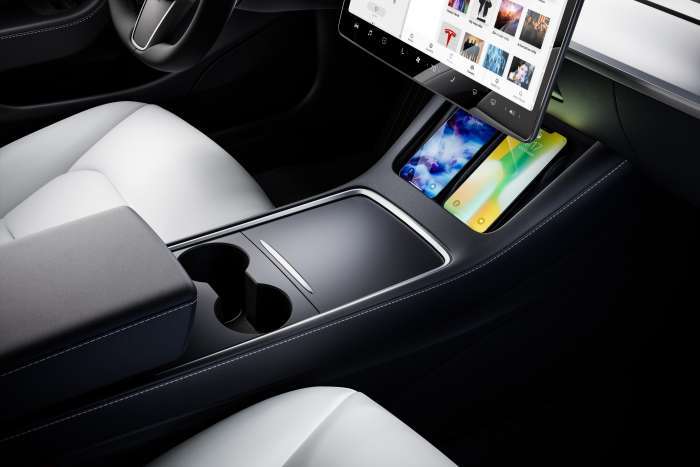
As always, Tesla is looking for hardcore AI engineers who care about solving problems that directly affect people’s lives in a major way.https://t.co/0B5toOOHcj
— Elon Musk (@elonmusk) December 6, 2021
The Neural Networks successful applicants will be applying cutting-edge research to train deep neural networks on problems ranging from perception to control. Tesla's per-camera networks analyze raw images to perform semantic segmentation, object detection and monocular depth estimation. Tesla's birds-eye-view networks take video from all cameras to output the road layout, static infrastructure and 3D objects directly in the top-down view. Tesla's networks also learn from the most complicated and diverse scenarios in the world, iteratively sourced from its fleet of nearly 1M vehicles in real time. A full build of Autopilot neural networks involves 48 networks that take 70,000 GPU hours to train. Together, they output 1,000 distinct tensors (predictions) at each timestep.
If you decide that the Autonomy Algorithms field is your cup of tea, and again, if you make it through the highly demanding screening process within Tesla, you will be developing the core algorithms that drive the cars by creating a high-fidelity representation of the world and planning trajectories in that space. In order to train the neural networks to predict such representations, you will algorithmically create accurate and large-scale ground truth data by combining information from the car's sensors across space and time. You will also use state-of-the-art techniques to build a robust planning and decision-making system that operates in complicated real-world situations under uncertainty, and evaluate your algorithms at the scale of the entire Tesla fleet.

There's a lot more: you can check the full job descriptions and apply directly for AI Engineering positions within Tesla on this link.
So, there it is, if you are a talented software engineer, AI specialist or Data Scientist looking for something challenging that will help Tesla, with its Models Y, 3, S and X, and the upcoming Cybertruck – and the entire EV market, by the way - to transition to sustainable energy and to a greener future for everybody, then this is a good place to apply.
All images courtesy of Tesla Inc.
Nico Caballero is the VP of Finance of Cogency Power, specializing in solar energy. He also holds a Diploma in Electric Cars from Delft University of Technology in the Netherlands, and enjoys doing research about Tesla and EV batteries. He can be reached at @NicoTorqueNews on Twitter. Nico covers Tesla and electric vehicle latest happenings at Torque News.







